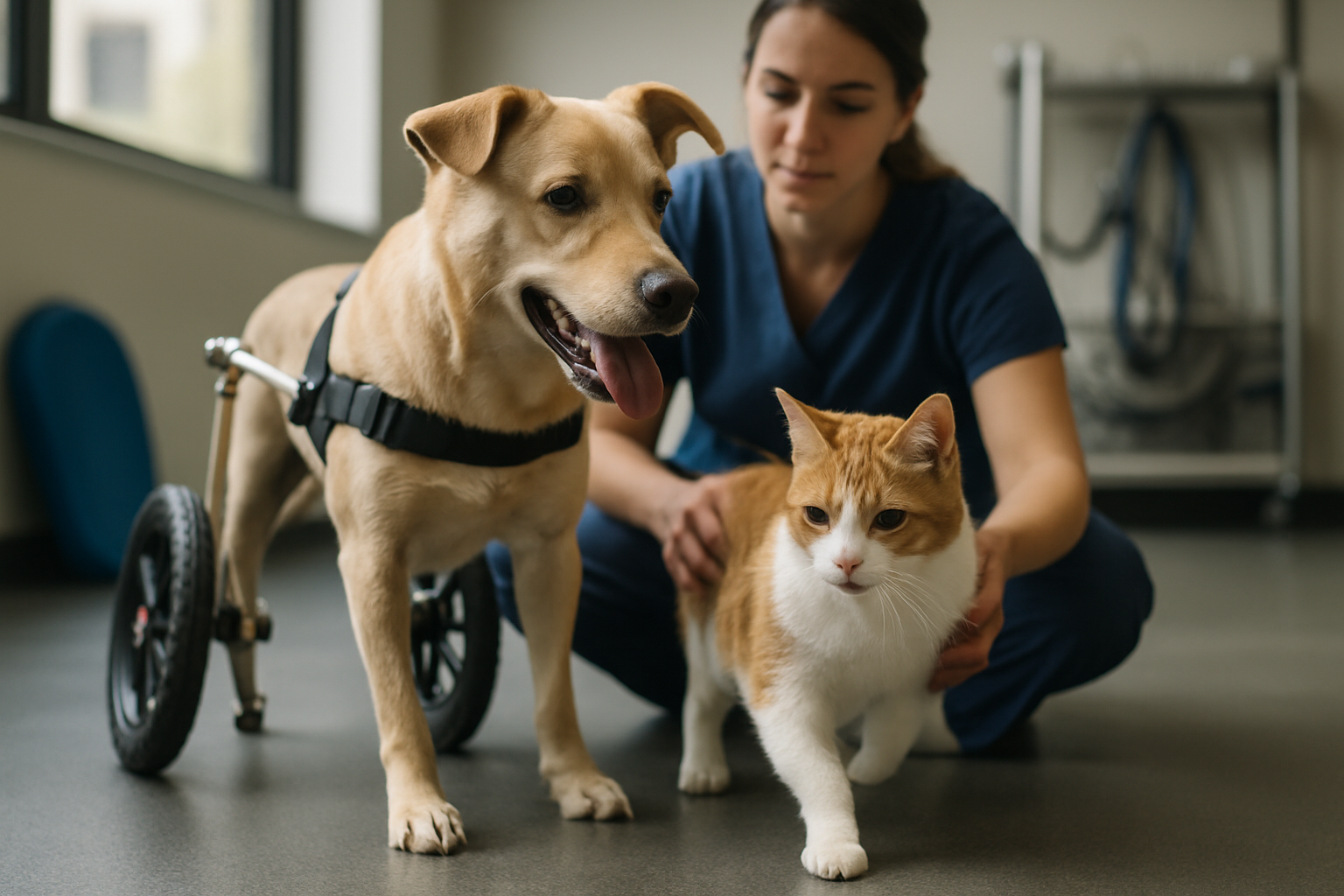Pet Insurance: Protect Your Furry Friend’s Health & Your Budget
As pet owners, we want the best for our beloved companions. However, unexpected veterinary expenses can put a strain on our finances. Pet insurance offers a solution, providing peace of mind and financial protection for your furry friend's health needs. This article explores how pet insurance works, the types of coverage available, and how it can benefit both you and your pet in the long run.

What is pet insurance and how does it work?
Pet insurance is a type of health coverage designed specifically for animals. Similar to human health insurance, it helps pet owners manage the costs associated with veterinary care. When you purchase a pet insurance policy, you pay regular premiums to the insurance company. In return, the insurer agrees to reimburse a portion of eligible veterinary expenses, subject to the policy’s terms and conditions.
Most pet insurance plans operate on a reimbursement model. This means you’ll need to pay the veterinary bill upfront and then submit a claim to your insurance provider. Once approved, you’ll receive reimbursement for the covered portion of the expenses, minus any deductible or co-payment specified in your policy.
What types of pet insurance coverage are available?
Pet insurance policies typically fall into three main categories:
- Accident-only coverage: This basic plan covers injuries resulting from accidents, such as broken bones or ingestion of foreign objects.
- Accident and illness coverage: This comprehensive plan includes both accident coverage and protection against various illnesses, including infections, digestive issues, and chronic conditions.
- Wellness coverage: Often offered as an add-on to accident and illness plans, wellness coverage helps with routine care costs, such as vaccinations, annual check-ups, and preventive treatments.
Understanding these options will help you choose the most suitable coverage for your pet’s needs and your budget.
How do accident and illness coverages differ?
While accident coverage focuses on unexpected injuries, illness coverage addresses a broader range of health issues. Accident coverage typically includes:
- Injuries from car accidents
- Broken bones
- Cuts and lacerations
- Ingestion of foreign objects
Illness coverage, on the other hand, may include:
- Infections and diseases
- Cancer treatments
- Allergies
- Digestive issues
- Chronic conditions
It’s important to note that pre-existing conditions are generally not covered by pet insurance policies. This is why it’s often beneficial to insure your pet while they’re young and healthy.
What are breed-specific health risks and how do they affect insurance?
Different breeds of dogs and cats are prone to specific health issues due to their genetic makeup. For example, large dog breeds like German Shepherds are more susceptible to hip dysplasia, while brachycephalic (flat-faced) breeds like Pugs often experience breathing difficulties.
Insurance providers take these breed-specific risks into account when determining premiums and coverage terms. Some insurers may exclude certain hereditary conditions for specific breeds, while others may offer coverage but at a higher premium. As a pet owner, it’s crucial to understand your pet’s breed-specific health risks and how they might impact your insurance options and costs.
What factors influence pet insurance premiums?
Several factors can affect the cost of your pet insurance premiums:
- Age of your pet: Generally, older pets are more expensive to insure due to increased health risks.
- Breed: Some breeds with known health issues may have higher premiums.
- Location: Veterinary costs vary by region, which can influence insurance rates.
- Coverage level: More comprehensive plans typically cost more than basic coverage.
- Deductible and reimbursement percentage: Higher deductibles and lower reimbursement rates often result in lower premiums.
Pet insurance can be a valuable investment, potentially saving you thousands of dollars in veterinary bills over your pet’s lifetime. However, it’s essential to carefully consider your pet’s needs and your budget when choosing a policy.
How much does pet insurance cost, and which providers offer the best value?
Pet insurance costs can vary significantly based on factors like your pet’s age, breed, and location. On average, dog insurance premiums range from $30 to $70 per month, while cat insurance typically costs between $15 and $40 per month. Here’s a comparison of some popular pet insurance providers:
| Provider | Coverage Type | Monthly Premium Range | Key Features |
|---|---|---|---|
| Healthy Paws | Accident & Illness | $25 - $70 | No caps on payouts, quick claim processing |
| Pets Best | Accident & Illness | $30 - $60 | Option for routine care coverage, 24/7 vet helpline |
| Embrace | Accident & Illness | $30 - $80 | Wellness rewards program, diminishing deductible |
| Trupanion | Accident & Illness | $40 - $100 | 90% reimbursement rate, no payout limits |
| Nationwide | Comprehensive | $35 - $90 | Covers exotic pets, wellness plan option |
Prices, rates, or cost estimates mentioned in this article are based on the latest available information but may change over time. Independent research is advised before making financial decisions.
When choosing a pet insurance provider, consider factors beyond just price, such as coverage limits, exclusions, and customer reviews. Some insurers offer customizable plans that allow you to tailor coverage to your pet’s specific needs and your budget.
In conclusion, pet insurance can be a valuable tool for managing your furry friend’s healthcare costs. By understanding how pet insurance works, the types of coverage available, and the factors that influence premiums, you can make an informed decision about whether it’s right for you and your pet. Remember to carefully review policy details and compare options from multiple providers to find the best coverage for your beloved companion.
The shared information of this article is up-to-date as of the publishing date. For more up-to-date information, please conduct your own research.






